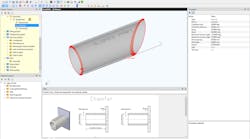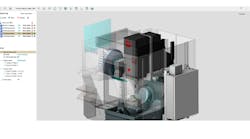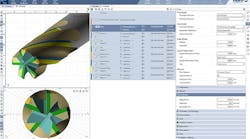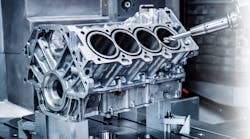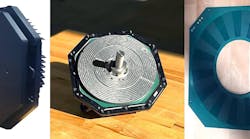By Jeff Reinert
President, INDEX Corp.
Navigating a profitable path through the increasingly competitive industry of precision parts production is harder than ever today. Companies need to use every resource at their disposal, which makes getting the most out of CNC technology all the more vital. CNC allows shops to do more in one operation with less direct labor, producing more consistent, higher quality parts and helping to reduce the cost per piece produced.
Some shops still remain tied to their traditional ways, believing that familiar technologies will see them through new challenges. It won’t — at least not in today’s global market. Recognizing new technology, such as the advances in CNC, is a strategic decision that assures the future competitiveness of a company.
Justifying new technology is a multi-step process:
Step 1: Understand your costs
Use a transparent costing system, evaluate all cost factors, assess the influence of new technology on the cash flow, and calculate piece-cost and the influence of investment of new technology on production cost and return on investment.
Step 2: Understand potential benefits of CNC technology
Some of the measurable benefits include increased productivity, reduced set-up and tool change time, improved uptime, throughput, scrap rate and tooling costs, while lessening the burden of maintenance costs and job preparation costs.
Just as important, some of the intangible benefits of CNC include quality, accuracy, and improved surface finish, without depending on operator skill. It can also enhance process flexibility, with preset quick change tooling with standardized inserts and single point turning rather than costly form tools.
Step 3: Understand the costs of older equipment
Older equipment means more modest efficiencies, longer than planned set-up times, requiring vanishing skills to set up and operate. Equally important, older equipment cannot statistically hold tolerances, and produces excessive scrap parts, hurting efficiency, and adding to material cost.
Calculating Payback
There are a number of ways to evaluate the payback of new technology. Doing a Return on Investment (ROI) analysis can help you to make a good decision on whether to buy an expensive or less expensive machine.
ROI analysis indicates how the investment will impact a company’s cash flow, based upon the revenues and expenses associated with the project. ROI is given as a percentage rate of return.
The company performing the ROI analysis must determine the rate of return for the investment based on the project cost and the impact the investment would have on its cash flow. Once the rate of return is determined, the company must then determine if it is an acceptable rate of return. Typically a 20 percent or greater rate of return is considered acceptable.
There’s More
However, this justification method does not consider important technical and strategic aspects for maintaining competitiveness. Quality, for instance, is one of today’s top priorities for end-users. This factor is a good example of what is not fully recognized in an ROI analysis. Quality depends not only on the type of equipment being used but also on the process, such as making parts complete in a single step.
In addition to quality, there are a number of other benefits — intangible benefits — which will have an impact on the competitiveness of the company. These may be as important as the impact of the investment on the cash flow. Considering these other benefits is a longer-term approach to investment that can ensure the survival of the company.
While the ROI analysis method has traditionally been used to analyze high-volume multi-year projects, it can also be used to analyze the wisdom of buying a machine for low-volume production of a large variety of parts over a number of years. The example shown was very simple, and there are many additional factors that you might want to consider, such as tax implications regarding new machinery.
Finally, ROI is not necessarily the same as profitability and competitiveness. Profitability depends on the cost per hour rate of the machine being considered for purchase and on the impact of the intangible benefits. Depending on a company’s capital investment decision, the cash flow impact can be quite different from long-term competitiveness and profitability.
It is possible to have a high ROI and a low profitability, and the opposite is also true.
Look at a new machine purchase from both standpoints. Perform an ROI analysis, and also look at the long-term impact of the investment. Although profitability may initially be higher when looking at a lower priced machine; due to the long-term benefits, the higher quality machine purchase can be the most favorable choice for the precision parts producer.



